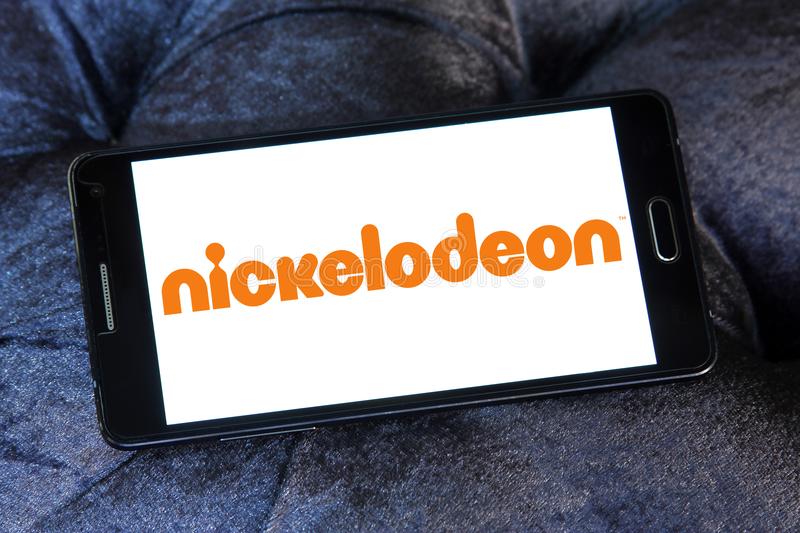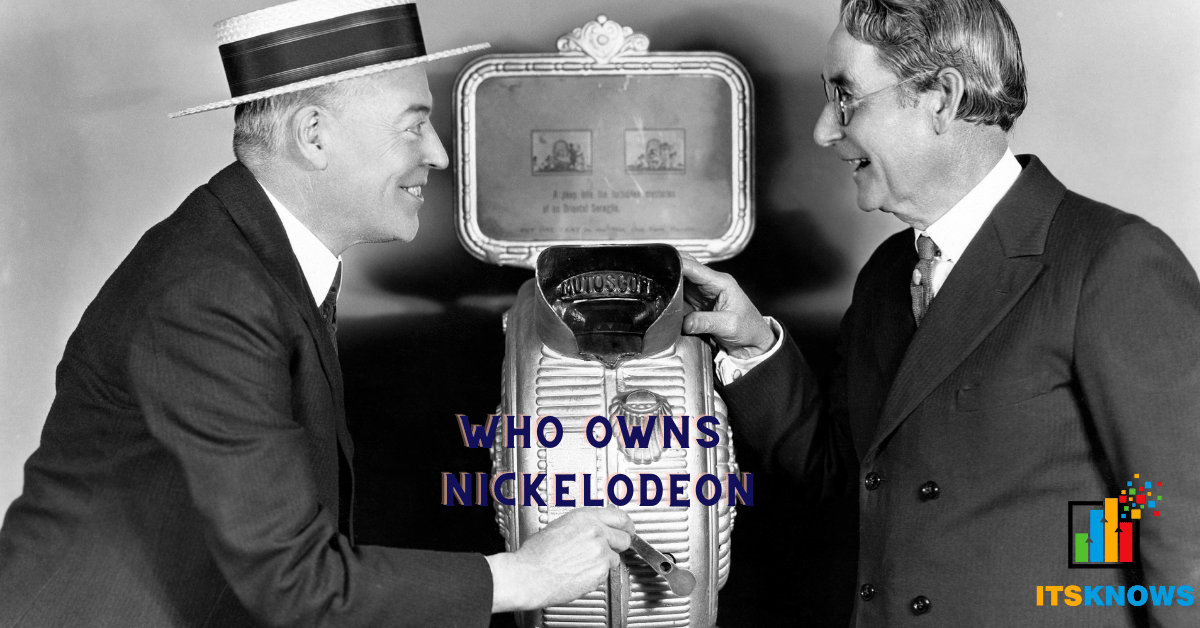In an era dominated by ever-shifting media landscapes, who truly holds the reins of a cultural institution that has shaped generations? Nickelodeon, a network intrinsically woven into the fabric of childhood, demands a critical examination of its ownership. Its impact on entertainment, its reach across the globe, and its enduring legacy all hinge on a simple question: Who calls the shots?
From its inception as a humble cable channel in Pittsburgh, Pennsylvania, to its current status as a multimedia powerhouse, Nickelodeon's journey is a testament to adaptation and innovation. This exploration delves into the core of the network, uncovering the key figures who steered its course, the intricate corporate structure that underpins its operations, and the profound influence its ownership has on its programming, creative vision, and audience engagement.
Whether you're a parent navigating the world of children's entertainment, a nostalgic adult revisiting cherished memories, or a curious individual eager to understand the inner workings of a media giant, this article provides invaluable insights into the ownership of Nickelodeon and its profound implications for the future of children's media.
- Power Midget On Onlyfans Biography Content Impact Discover Now
- Alexandra Lenas Biography Career Impact On Society
Table of Contents
- 1. The Origins of Nickelodeon
- 2. Current Ownership Structure
- 3. Key Figures Behind Nickelodeon
- 4. Nickelodeon's Evolution Over the Years
- 5. The Role of Paramount Global
- 6. Nickelodeon's Impact on Children's Media
- 7. Future Prospects for Nickelodeon
1. The Origins of Nickelodeon
The genesis of Nickelodeon can be traced back to December 1, 1977, when the channel first flickered to life as "Pinwheel." Initially a local children's cable channel, its humble beginnings were rooted in Pittsburgh, Pennsylvania. The channel, however, was quickly rebranded as Nickelodeon in 1979, a pivotal moment that redefined children's television. It became the first cable channel entirely devoted to childrens programming, an innovative approach that swiftly captured the hearts and minds of young viewers across the United States.
Nickelodeon's programming was a unique blend of animation and live-action content, creating a potent combination of entertaining cartoons, educational shows, and engaging live-action series. This unique approach set it apart from the competition. As a result, it attracted a wide audience of young viewers and quickly became a cherished staple in households across the nation. The innovative approach marked the beginning of the channel's journey to become a leader in children's television.
2. Current Ownership Structure
In the present day, the ownership of Nickelodeon rests with Paramount Global, a dominant force in the media and entertainment industry. This major media conglomerate encompasses a vast portfolio of subsidiaries, including prominent film studios, television networks, and cutting-edge digital platforms. Nickelodeon, without question, is one of the most recognizable and valuable brands within Paramount Global's expansive roster. It contributes significantly to the companys revenue streams and solidifies its strong presence in the media market.
2.1 The Role of ViacomCBS
The history of Paramount Global includes a significant merger. The company was formerly known as ViacomCBS. This merging of two media giants allowed for a unified approach, particularly for Nickelodeon. This corporate restructuring allowed Nickelodeon to thrive under a consolidated corporate umbrella. It provided the network access to essential resources and distribution channels, leading to enhanced programming capabilities and a broader reach to its target audience.
2.2 Corporate Structure of Nickelodeon
Nickelodeon operates as a subsidiary of Paramount Global, with its administrative headquarters located in Burbank, California. The network's operational framework is intricately organized, with various divisions dedicated to key functions. These include content production, marketing initiatives, and the strategic distribution of its programs across multiple platforms. This structure enables Nickelodeon to maintain control and provide consistent quality across all its offerings.
| Key Details of Nickelodeon's Ownership | |
|---|---|
| Parent Company | Paramount Global |
| Previous Name of Parent Company | ViacomCBS |
| Headquarters | Burbank, California |
| Primary Function | Children's Television and Entertainment |
| Subsidiary of | Paramount Global |
| Notable Brands under Paramount Global | MTV, CBS, Paramount Pictures, Comedy Central, etc. |
| Year of Inception | 1977 (as Pinwheel), 1979 (as Nickelodeon) |
| Primary Target Audience | Children aged 2-14 |
| Reference Website | Paramount Global Official Website |
3. Key Figures Behind Nickelodeon
Over the years, Nickelodeon has been shaped by the leadership and vision of key figures who have played pivotal roles in shaping the network's identity and solidifying its success. These individuals, from creative executives to influential producers, have contributed to the network's innovative programming strategies and overall cultural impact.
- Bob Pittman: As one of the original leaders, Bob Pittman played a crucial role in the network's formative years, helping to establish Nickelodeon's distinct brand identity and define its initial programming direction.
- Viacom Leaders: Various executives from Viacom, the parent company (and later, Paramount Global), have had a significant impact on Nickelodeon's content strategy. Their influence has extended to programming decisions, production budgets, and overall network goals.
- Creative Executives and Producers: Individuals like Geraldine Laybourne, Herb Scannell, and Albie Hecht have been instrumental in shaping Nickelodeon's programming. They fostered innovative, high-quality content.
The collective contributions of these individuals have been essential to the long-term growth and success of the network, ensuring it has continually resonated with young audiences.
4. Nickelodeon's Evolution Over the Years
Nickelodeon has a long history of adapting to evolving viewer preferences and technological advancements. This evolution has been critical to the network's success. The network has adapted to changing demands while retaining its core values. This ability to adapt has kept Nickelodeon relevant in an increasingly competitive media landscape. Nickelodeon has also embraced new technologies to connect with its viewers.
The introduction of iconic shows, such as "Rugrats" and "SpongeBob SquarePants," provided the foundation of Nickelodeon's success. The launch of digital platforms further expanded Nickelodeon's reach to new audiences. The network has also actively embraced diversity and inclusion in its programming. It showcases stories and characters that resonate with a broader and more inclusive audience. This evolution reflects Nickelodeon's deep commitment to providing high-quality and relevant content for children.
5. The Role of Paramount Global
As the parent company of Nickelodeon, Paramount Global plays a vital and multifaceted role in shaping the network's strategic direction and supporting its operational needs. The conglomerate offers extensive resources, encompassing financial backing, production expertise, and distribution networks. This ensures the production of high-quality programs and their widespread availability across various media platforms.
Paramount Global's influence on Nickelodeon's content extends beyond television. The integration of Nickelodeon content into films, merchandise, and digital experiences creates a comprehensive entertainment ecosystem for children. This approach fosters a cohesive and immersive experience for viewers and strengthens Nickelodeon's brand identity. The parent company's support is crucial to the continued success of the network.
6. Nickelodeon's Impact on Children's Media
Nickelodeon's influence on children's media has been profound and undeniable. The network has consistently pioneered innovative programming formats. This has enabled the engagement of young audiences while simultaneously addressing and exploring important social and cultural issues.
- Educational Content: Nickelodeon has made a significant contribution to children's media by producing educational shows. These programs focus on promoting learning and critical thinking. They engage children in ways that are fun and enriching.
- Diversity in Storytelling: Nickelodeon has made a conscious effort to represent diverse cultures and backgrounds in its programming. This commitment is crucial. This representation helps children of all backgrounds to see themselves reflected on screen.
The network's impact extends far beyond entertainment. It is a cultural force that actively shapes how children perceive the world.
7. Future Prospects for Nickelodeon
The future of Nickelodeon holds considerable promise as the network continues to expand its presence in the digital realm and explore new content formats. With the advent of streaming services and other digital platforms, Nickelodeon is adapting its strategies to reach its core audience through various avenues.
By embracing new technologies, content formats, and trends, Nickelodeon aims to maintain its status as a leading provider of childrens entertainment. The network is focused on nurturing the next generation of viewers. Its commitment to innovation will allow it to sustain a strong presence for years to come.
- Daniel Thomas Conjointe A Journey Of Resilience And Hope In 2024
- Discover Assisi Lola Jackson Philanthropy Impact In Communities


